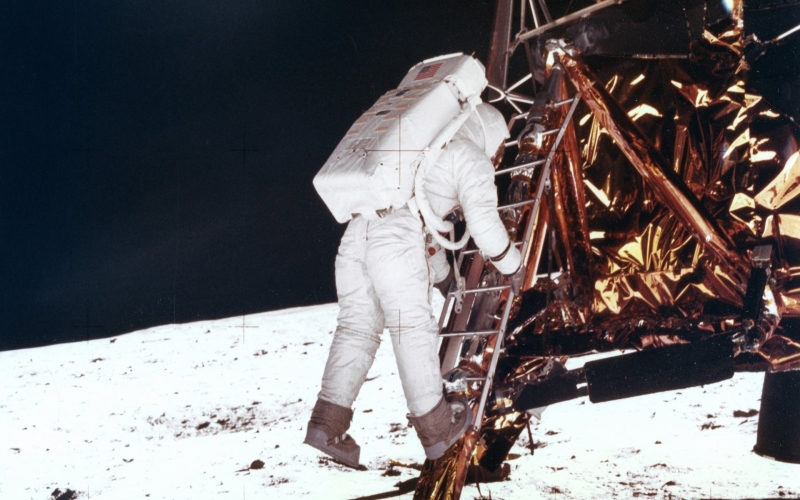For decades, the iconic image of astronauts moonwalking has captivated the public imagination, epitomizing human achievement in space exploration. However, scientists and engineers propose an exciting twist to this narrative—transforming moonwalking into Moon running. This innovative concept aims to revolutionize how astronauts move on the lunar surface, potentially enhancing efficiency, safety, and overall mission success.
The Science Behind Lunar Locomotion
The idea of moon running is rooted in the moon’s unique environmental conditions. The lunar surface has only about one-sixth of Earth’s gravity, significantly altering movement mechanics. Traditional moonwalking, characterized by a slow, hopping gait, was developed to navigate this low-gravity environment. However, there are more efficient and practical methods for covering large distances.
Recent studies have suggested that running on the Moon could be more efficient than walking. Researchers have used advanced biomechanical models and simulations to analyze how the human body might adapt to running in low gravity. Running could reduce the energy expenditure required for locomotion, allowing astronauts to travel faster and with less fatigue.
Engineering Challenges and Innovations
Transitioning from moonwalking to moon running presents several engineering challenges. One of the primary concerns is the development of suitable footwear and suits. Traditional space suits are bulky and restrictive, designed to protect astronauts from the harsh lunar environment. However, these suits can severely limit mobility, making running difficult.
To address this, engineers are designing more flexible and lightweight suits that still provide the necessary protection. Innovations in materials science are playing a crucial role here, with the development of advanced fabrics that combine durability with flexibility. New boot designs are also being tested to enhance grip and stability on the uneven lunar surface.
Training Astronauts for Lunar Running
Training astronauts for lunar running is another critical aspect of this initiative. Astronauts undergo rigorous physical training to prepare for the challenges of space travel. Introducing a new mode of locomotion requires a comprehensive training program that includes both physical conditioning and simulations.
NASA and other space agencies are developing specialized training regimens that mimic the low-gravity conditions of the Moon. These include underwater training and parabolic flights that simulate weightlessness. Virtual reality (VR) technology is also utilized to create immersive simulations of the lunar surface, allowing astronauts to practice running in a controlled environment.
Potential Benefits of Moon Running
The shift from moonwalking to moon running could have several significant benefits for lunar missions. Firstly, it could enhance the efficiency of surface operations. Astronauts could cover more considerable distances in shorter periods, enabling more extensive exploration and data collection. This is particularly important for missions aiming to establish a sustained human presence on the Moon, as it would facilitate the construction of lunar bases and the deployment of scientific instruments.
Secondly, running could improve astronauts’ safety. Moonwalking’s slower, hopping gait increases the risk of tripping and falling, which can be hazardous given the bulky nature of space suits. With its more stable and continuous motion, running could reduce this risk, leading to fewer accidents and injuries.
Moreover, running’s physical benefits, such as improved cardiovascular health and muscle strength, could help mitigate some of the adverse effects of prolonged exposure to low gravity. This is crucial for long-term missions, where maintaining astronauts’ physical health is paramount.
Future Prospects
The concept of Moon running is still in its experimental stages, but it represents a promising direction for lunar exploration. As technology advances and our understanding of low-gravity locomotion improves, the feasibility of this innovative approach will continue to increase.
The principles of lunar running could also be applied to other celestial bodies with low gravity, such as Mars. The success of this initiative could pave the way for more dynamic and efficient exploration of our solar system, bringing us one step closer to becoming a multi-planetary species.
In conclusion, the shift from moonwalking to moon running is an exciting development in space exploration. By harnessing the unique conditions of the lunar surface and leveraging advances in technology and training, we can enhance the efficiency, safety, and overall success of future lunar missions. As we prepare to return to the Moon and venture beyond, the ability to run on the lunar surface could become a defining feature of the next era of human space exploration.

